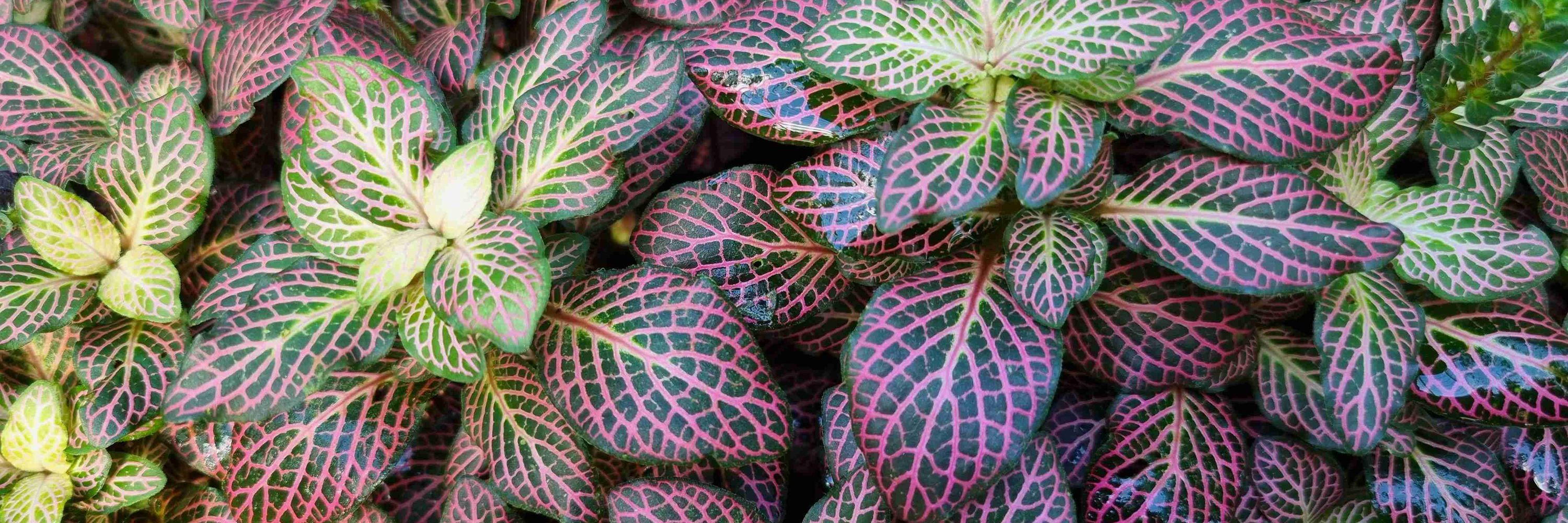
Lecturer at Queen's University Belfast
🏳️🌈 she / her
US #PlantPatent 37,095 (granted today)
The variety was a whole plant mutation from ‘Rojo Congo’ (PP 14,116), and is distinguished by the salmon pink (with dark green stripes) of its immature foliage, turning olive green with age.


US #PlantPatent 37,095 (granted today)
The variety was a whole plant mutation from ‘Rojo Congo’ (PP 14,116), and is distinguished by the salmon pink (with dark green stripes) of its immature foliage, turning olive green with age.
US #PlantPatent 37,085 (granted today)
It was developed by Raymond J. Evison in Guernsey, the Channel Islands. I saw the variety on display at the RHS Chelsea Flower Show this year (third photo is mine), where it was shortlisted for the 'Plant of the Year' award.



US #PlantPatent 37,085 (granted today)
It was developed by Raymond J. Evison in Guernsey, the Channel Islands. I saw the variety on display at the RHS Chelsea Flower Show this year (third photo is mine), where it was shortlisted for the 'Plant of the Year' award.
US #PlantPatent 37,064 (granted today)
The variety was the result of a cross between a proprietary variety named '184BA574' (unpatented) and ‘Magic Fire’ (PP 32,016). It was developed in California.

US #PlantPatent 37,064 (granted today)
The variety was the result of a cross between a proprietary variety named '184BA574' (unpatented) and ‘Magic Fire’ (PP 32,016). It was developed in California.
US #PlantPatent 37,042 (granted today)
The variety is distinguished by its small leaves, infrequent flowering habit, dense foliage canopy, and other features. It was bred in Florida.




US #PlantPatent 37,042 (granted today)
The variety is distinguished by its small leaves, infrequent flowering habit, dense foliage canopy, and other features. It was bred in Florida.
US #PlantPatent 37,014 (granted today)
The variety is a cross between 'Cabernet Sauvignon' and 'Norton' grapevines. Bred at Missouri State University, the grapes are said to produce a unique white wine with the aroma of fresh spring grass or fresh-cut lime.


US #PlantPatent 37,014 (granted today)
The variety is a cross between 'Cabernet Sauvignon' and 'Norton' grapevines. Bred at Missouri State University, the grapes are said to produce a unique white wine with the aroma of fresh spring grass or fresh-cut lime.
US #PlantPatent 37,005 (granted today)
The variety was the result of a cross made in summer of 2011 in a backyard in Windham, New Hampshire.


US #PlantPatent 37,005 (granted today)
The variety was the result of a cross made in summer of 2011 in a backyard in Windham, New Hampshire.
US #PlantPatent 36,989 (granted today)
The variety was bred by Janus Verschoor as part of a breeding programme in Haarlem, the Netherlands.


US #PlantPatent 36,989 (granted today)
The variety was bred by Janus Verschoor as part of a breeding programme in Haarlem, the Netherlands.
US #PlantPatent 36,974 (granted today)
It was bred by Carl Bennett of David Austin Roses, UK, and is sold as a wedding rose under the trademark Phoebe™.


US #PlantPatent 36,974 (granted today)
It was bred by Carl Bennett of David Austin Roses, UK, and is sold as a wedding rose under the trademark Phoebe™.
US #PlantPatent No. 36,958 (granted today)
The variety was developed in Portland, Oregon. It is distinguished by various traits, including its total cannabinoid content and its high THCV:THC ratio (i.e. lower levels of active THC).


US #PlantPatent No. 36,958 (granted today)
The variety was developed in Portland, Oregon. It is distinguished by various traits, including its total cannabinoid content and its high THCV:THC ratio (i.e. lower levels of active THC).

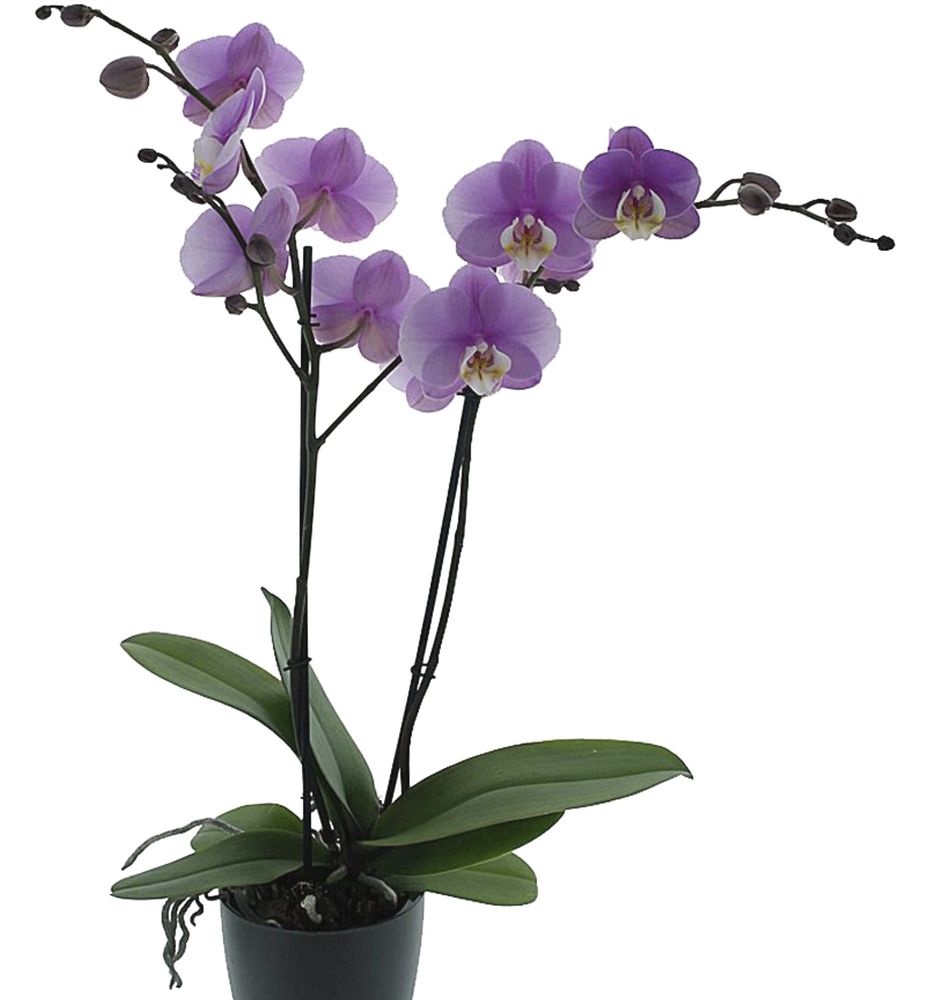
Hosta plant named ‘Humungousaurus’
US #PlantPatent 36,926 (granted this week)
Featuring my favourite phenomenon: when a breeder includes themself in the photo; bonus points if they're using their body as a scale reference for their giant variety.
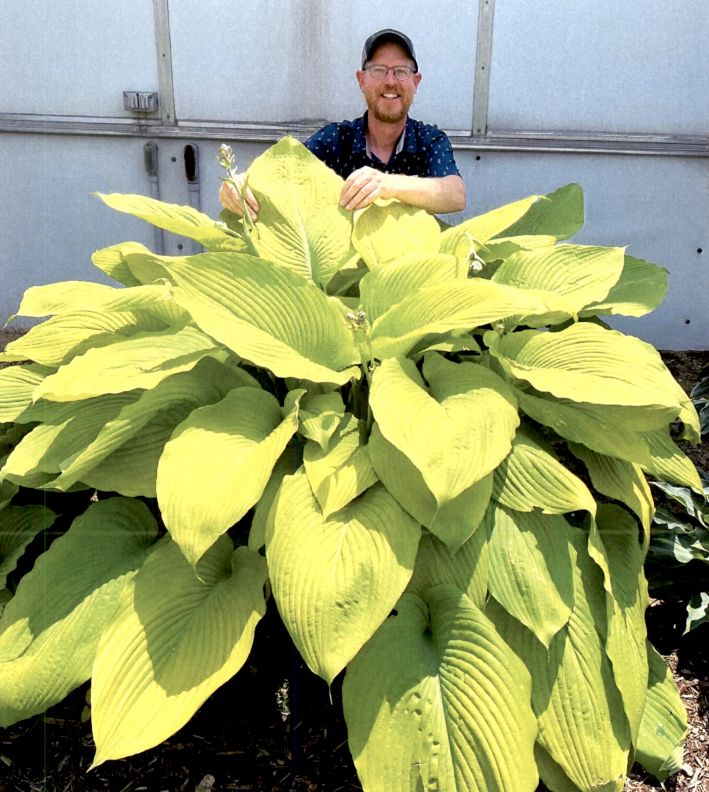

Hosta plant named ‘Humungousaurus’
US #PlantPatent 36,926 (granted this week)
Featuring my favourite phenomenon: when a breeder includes themself in the photo; bonus points if they're using their body as a scale reference for their giant variety.
US #PlantPatent 36,917 (granted this week)
Xerochrysum are native to Australia. This variety was bred in New South Wales in 2018, as part of a breeding programme to produce varieties with numerous large and attractive flowers.


US #PlantPatent 36,917 (granted this week)
Xerochrysum are native to Australia. This variety was bred in New South Wales in 2018, as part of a breeding programme to produce varieties with numerous large and attractive flowers.
US #PlantPatent 36,901 (granted this week)
The patent claims priority from an EU PVR application, which was granted in February this year.


US #PlantPatent 36,901 (granted this week)
The patent claims priority from an EU PVR application, which was granted in February this year.

The rose is also known as ELIZABETH® and was released in March 2022 to celebrate the Platinum Jubilee of Queen Elizabeth II. It was bred by David Austin Roses, who developed the range of cultivars known as 'English Roses'.


The rose is also known as ELIZABETH® and was released in March 2022 to celebrate the Platinum Jubilee of Queen Elizabeth II. It was bred by David Austin Roses, who developed the range of cultivars known as 'English Roses'.

US #PlantPatent 36,870 (granted today).
The variety was bred is Poland, and is distinguished by its spectacular red foliage in autumn.
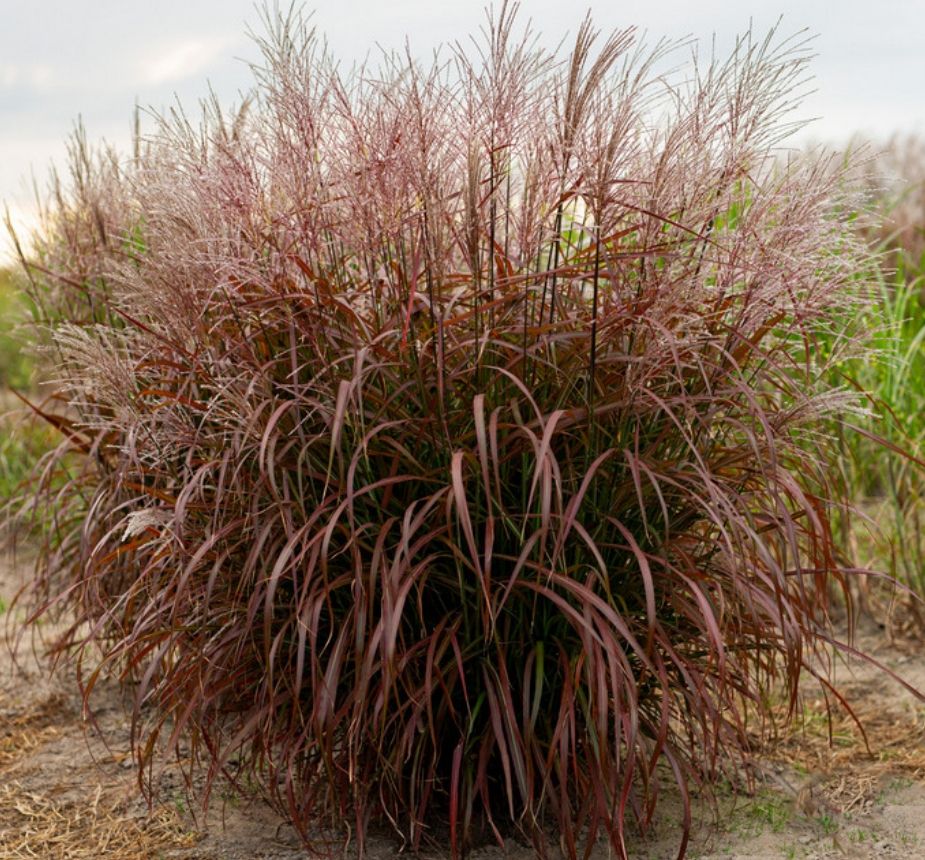
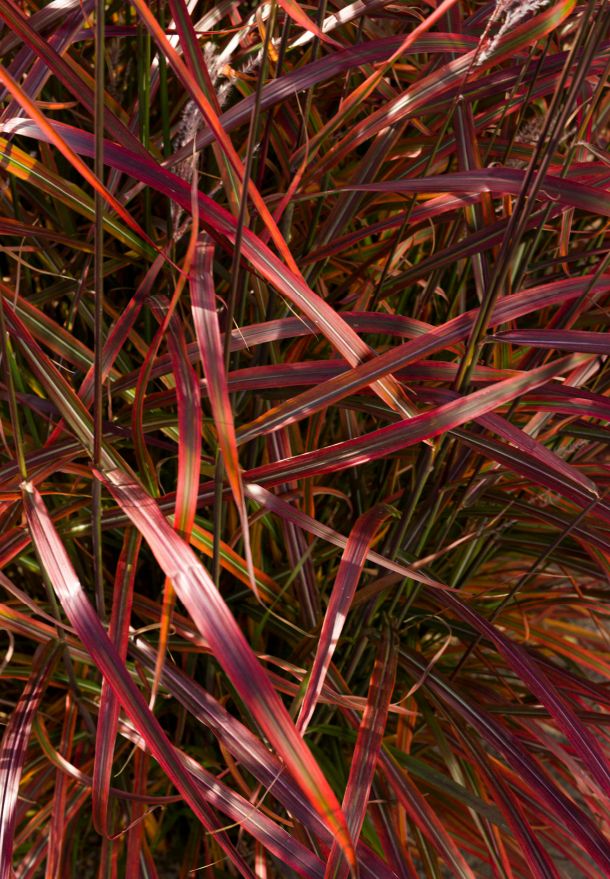
US #PlantPatent 36,870 (granted today).
The variety was bred is Poland, and is distinguished by its spectacular red foliage in autumn.
We'll see if this interpretation ever get a judicial challenge...

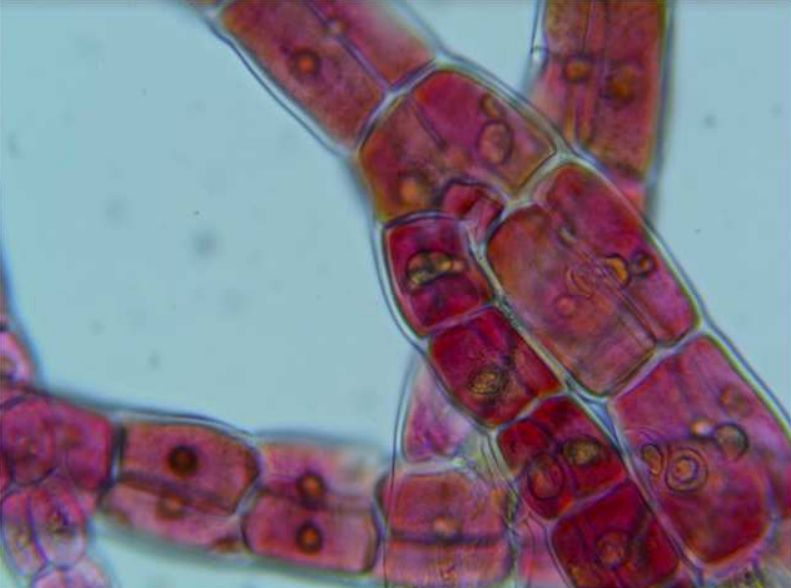
We'll see if this interpretation ever get a judicial challenge...
Dennis points to Nix v. Hedden (1893), where SCOTUS classified tomatoes as "fruits" rather than “vegetables” for tariff purposes.
My work has highlighted a similar approach to Cannabis in the 1970s: pure.qub.ac.uk/en/publicati...
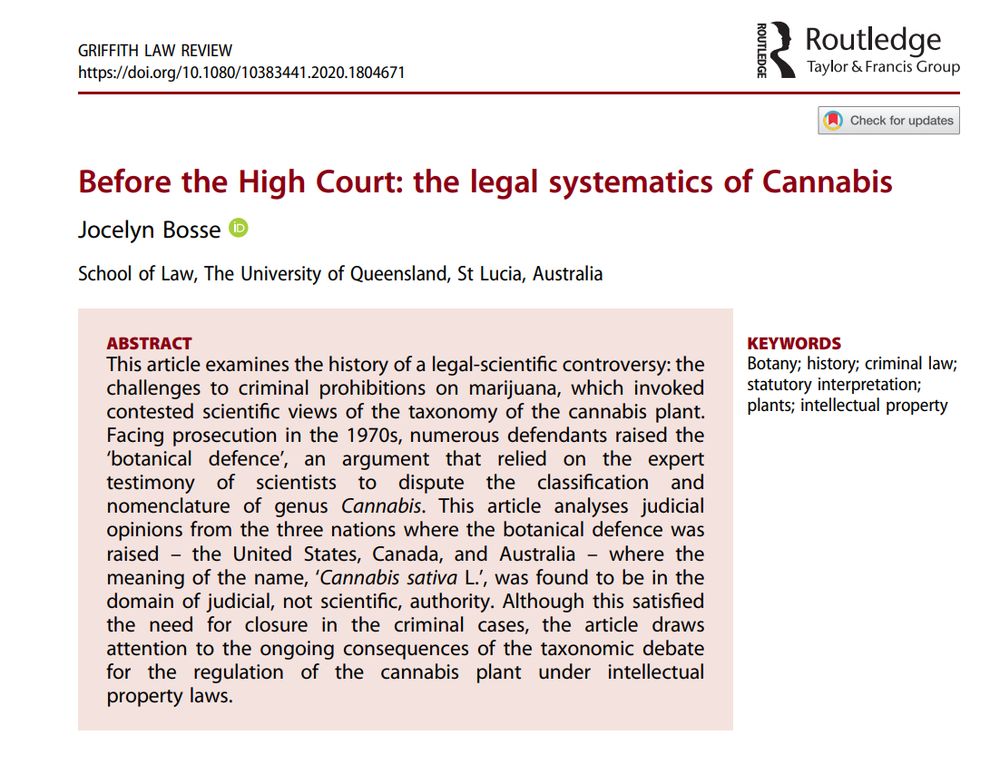
Dennis points to Nix v. Hedden (1893), where SCOTUS classified tomatoes as "fruits" rather than “vegetables” for tariff purposes.
My work has highlighted a similar approach to Cannabis in the 1970s: pure.qub.ac.uk/en/publicati...
...although at the time, this wasn't such a controversial move, since fungi and plants weren't recognised as separate kingdoms until decades later.

...although at the time, this wasn't such a controversial move, since fungi and plants weren't recognised as separate kingdoms until decades later.
US #PlantPatent 36,839 (granted today).
The variety was bred in New Zealand. It is a cross between 'Scifresh', aka the JAZZ™ apple (PP 13,888) and an unpatented variety called 'A174R01T204'.
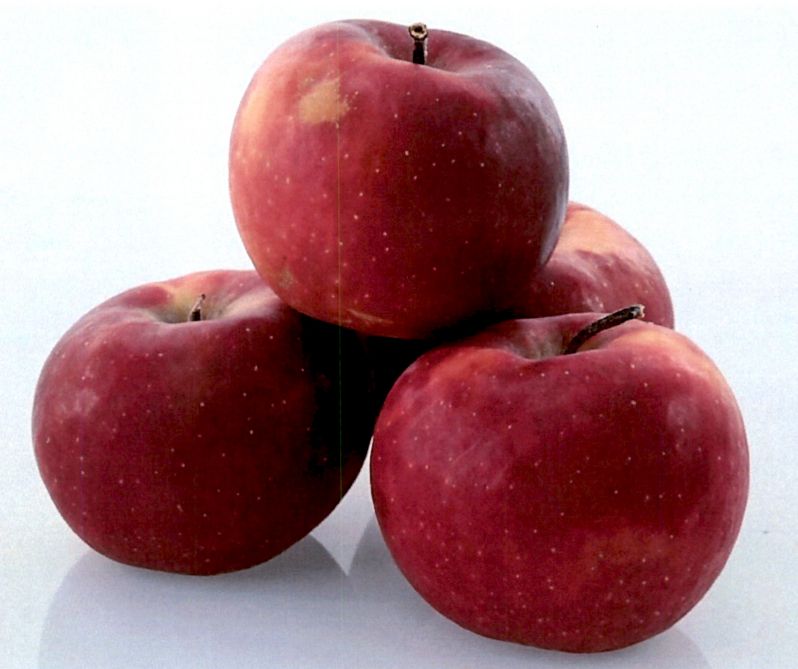


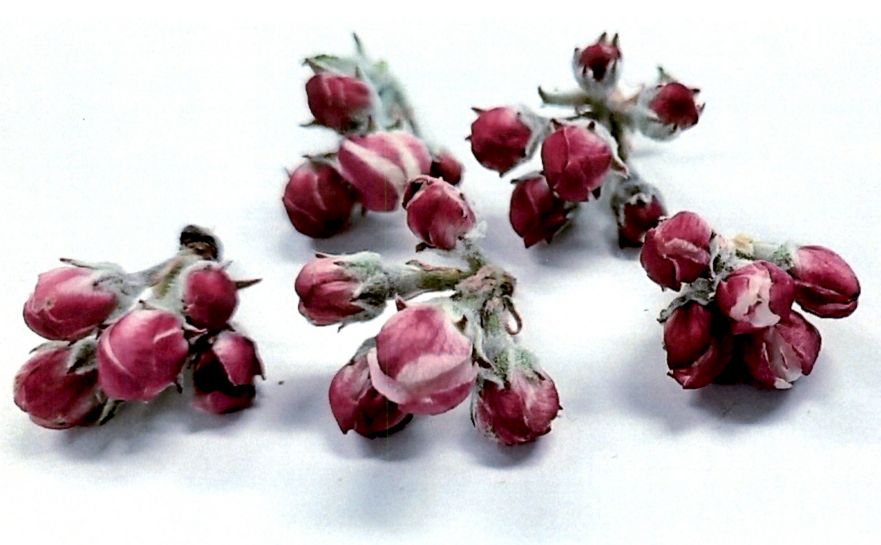
US #PlantPatent 36,839 (granted today).
The variety was bred in New Zealand. It is a cross between 'Scifresh', aka the JAZZ™ apple (PP 13,888) and an unpatented variety called 'A174R01T204'.
US #PlantPatent No. 36,828 (granted today)
The variety was developed in Mazé-Milon, France. It is distinguished by its pink/salmon flowers with a yellow centre.
(I also love Peruvian lillies, so I'm spoiling you with two plant patents today)
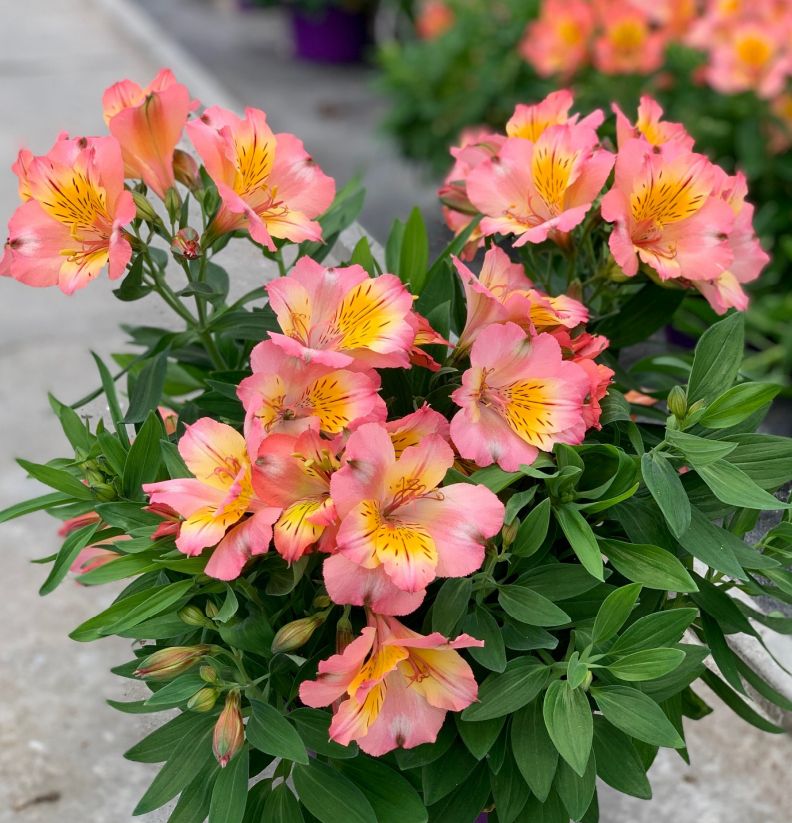
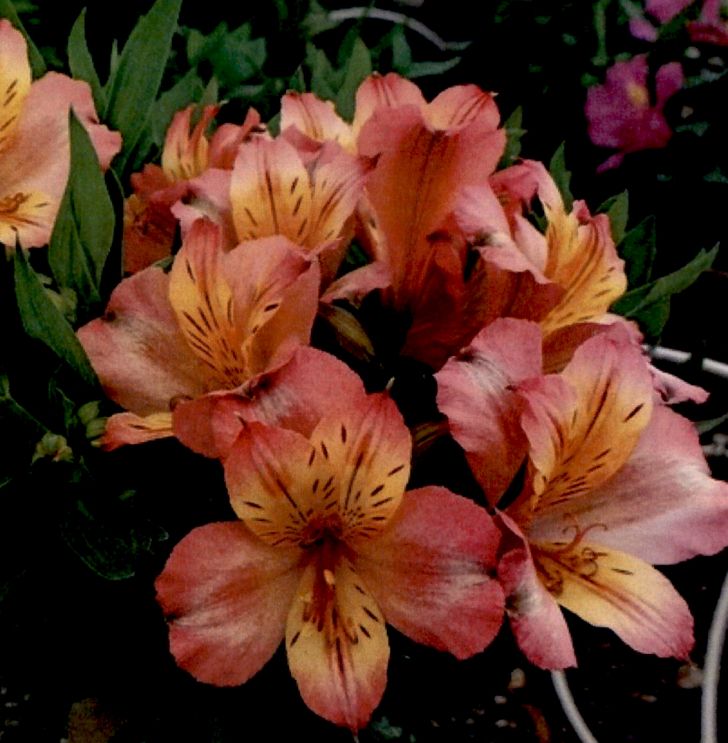
US #PlantPatent No. 36,828 (granted today)
The variety was developed in Mazé-Milon, France. It is distinguished by its pink/salmon flowers with a yellow centre.
(I also love Peruvian lillies, so I'm spoiling you with two plant patents today)
US #PlantPatent No. 36,820 (granted today)
This miniature rose is distinguished by its abundant, yellow and red-purple striped flowers (personally, I'm a big fan of stripey roses). It was bred by Poulsen Roser A/S in Denmark.


US #PlantPatent No. 36,820 (granted today)
This miniature rose is distinguished by its abundant, yellow and red-purple striped flowers (personally, I'm a big fan of stripey roses). It was bred by Poulsen Roser A/S in Denmark.
US #PlantPatent 36,812 (granted today).
The variety is moderately drought tolerant and resistant to anthracnose disease (a common fungal disease that causes leaf spots).
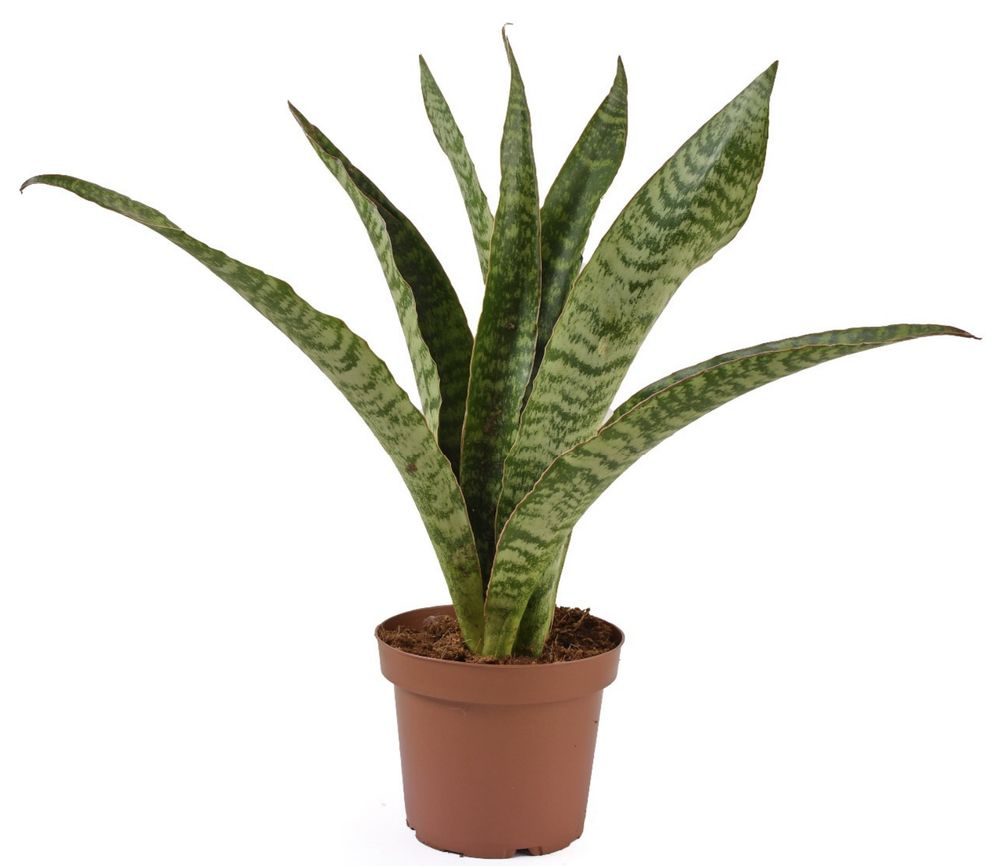

US #PlantPatent 36,812 (granted today).
The variety is moderately drought tolerant and resistant to anthracnose disease (a common fungal disease that causes leaf spots).
US #PlantPatent 36,803 (granted today)
The variety was developed in Cambridge, UK, in 2018.


US #PlantPatent 36,803 (granted today)
The variety was developed in Cambridge, UK, in 2018.

